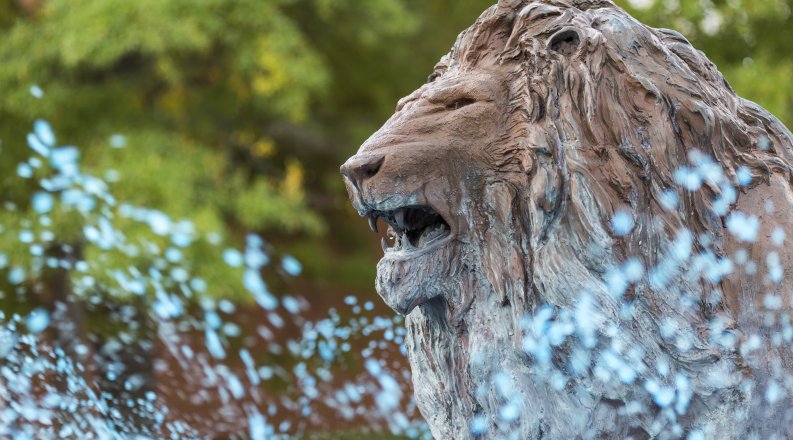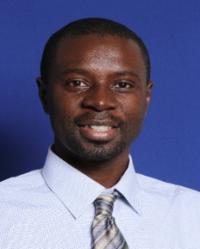By: Tiffany Whitfield
Using mathematics and statistics to predict the number of new COVID-19 cases is what Norou Diawara is researching at Old Dominion University. "We are proposing a prediction of new cases performed on a weekly basis," said Diawara, Professor of Statistics in the Department of Mathematics and Statistics.
Not only can he predict the number of new cases, but he can pinpoint evolving hotspots and targeted locations. "Currently, I am working on COVID-19 progression in space and time, and profiling the trends based on different locations/areas," said Diawara.
It is critical to find suitable statistical models that can be used to identify risk associated with COVID-19. Diawara said, "such models will allow us to monitor the spread of the disease in the targeted locations and time."
Data on new cases due to COVID-19 were collected via Situation Reports published by the World Health Organization. To add robustness to the analysis, data from the targeted countries and their neighboring countries are collected into clusters.
Statistical models were applied to the data to account for the "spatial dependency in the countries along with the temporal dimension of the disease," said Diawara. Information from these models could be used by health organizations to direct guidelines and regulations specific to those countries.
Diawara has previously applied such statistical techniques during the Ebola outbreak in 2015. The kind of models he uses, capture measures of spatial correlations similarities and differences in locations and blocks, while including time as covariates. They can also be applied in epidemiology, economy, geography and demography research.
"My research is data driven," said Diawara. It has applications in the medical field, social sciences, engineering and more. But more importantly, it is collaborative and solution oriented. In the medical field, "I say that COVID-19 reminds me of the fact that many phenomena are space and time driven, and more can be done in this area of research," said Diawara. "When we can understand the behaviors and events, the conclusions are sometimes eye opening and unexpected."
Also, Diawara works jointly with many researchers and helps his students learn statistical topics that advance their understanding of challenges to society in today's world. "We work on simulated and real data examples like COVID-19 and Ebola," said Diawara. Through these real world applications, ODU students see how the data analysis techniques they are learning can be used in decision making
For Diawara, ODU is a place where faculty and students have opportunities to express their ideas and concerns, pursue research to the highest levels and solve global problems. Diawara said, "when I think of science, I think of collaborations from diverse background, and realize how the world is indeed a small place and we are all in it as one."




